The 'priceless' items that turned out to be worthless
'Invaluable' items that were anything but
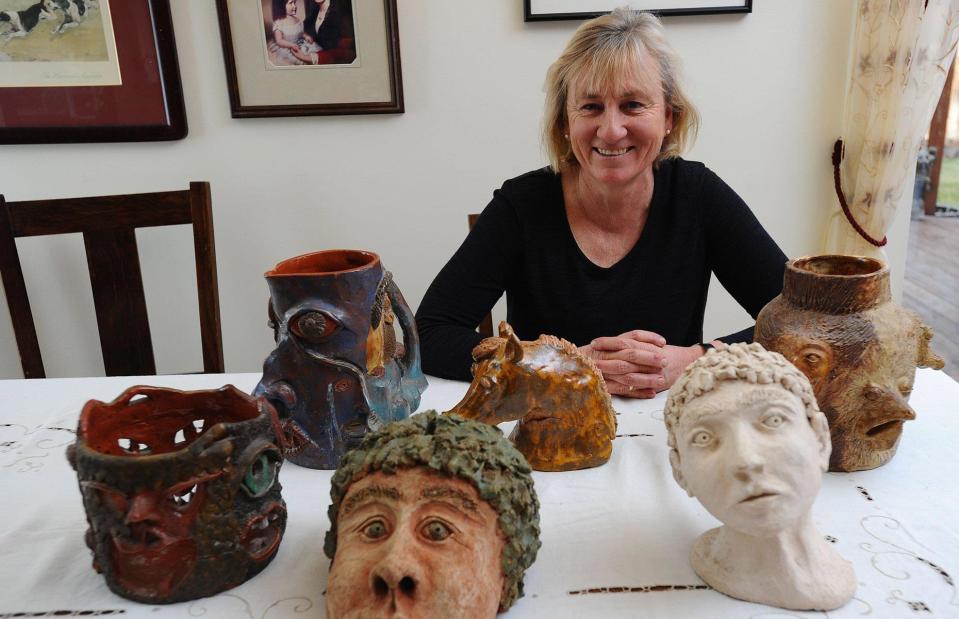
Ryan Brennecke/The Bulletin via AP/Alamy Stock Photo
From a bottle of rare Scotch whisky to a fake Picasso painting, these highly valuable discoveries seemed too good to be true. And, unfortunately, they were.
Read on to discover the stories behind these seemingly remarkable finds, and why all was not as it seemed.
All dollar amounts in US dollars. Valuations and conversions correct for the time.
A bottle of Macallan 1878 whisky
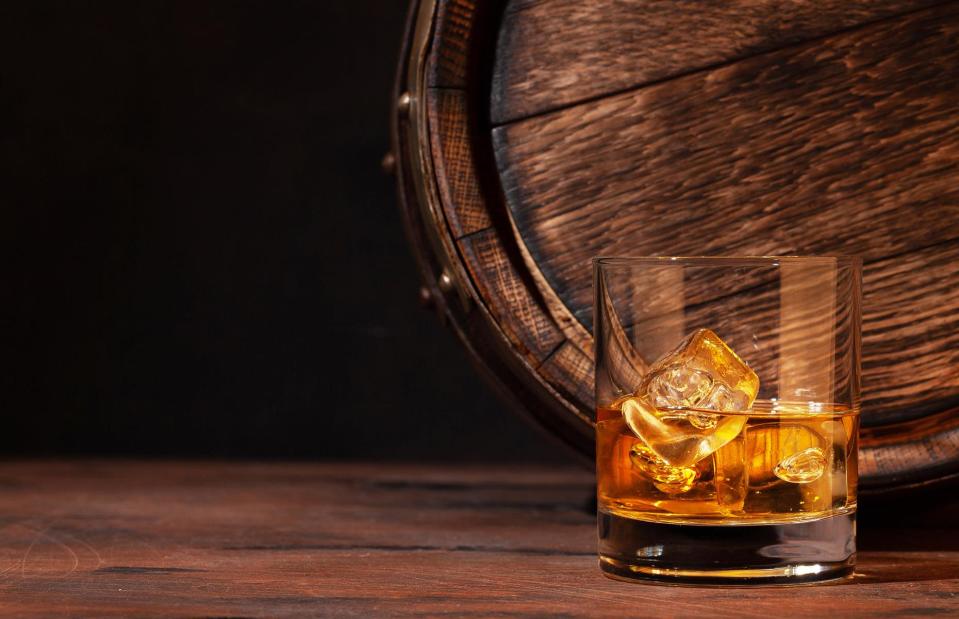
Evgeny Karandaev/Shutterstock
The Waldhaus Am See hotel in St Moritz hit the headlines in 2017 after a customer, Zhang Wei from Beijing, paid 10,000 Swiss francs, the equivalent of $10,500 (£8k) at the time, for a glass of whisky from one of the world's only known bottles of Macallan 1878 whisky.
It's thought to be the highest value ever paid for a poured dram.
A bottle of Macallan 1878 whisky

Africa Studio/Shutterstock
However, following a series of investigative and forensic tests carried out by whisky valuers and consultants Rare Whisky 101, the whisky was shown to date back no further than 1970, deeming it almost worthless as a collector's item.
Laboratory tests showed the spirit was most likely a blended scotch comprising 60% malt and 40% grain. Zhang Wei was refunded once it had been confirmed that the liquid gold was a fake, and the hotel's manager, Sandro Bernasconi, even flew to China to give him his money back in person.
Captain Kidd's treasure hoard
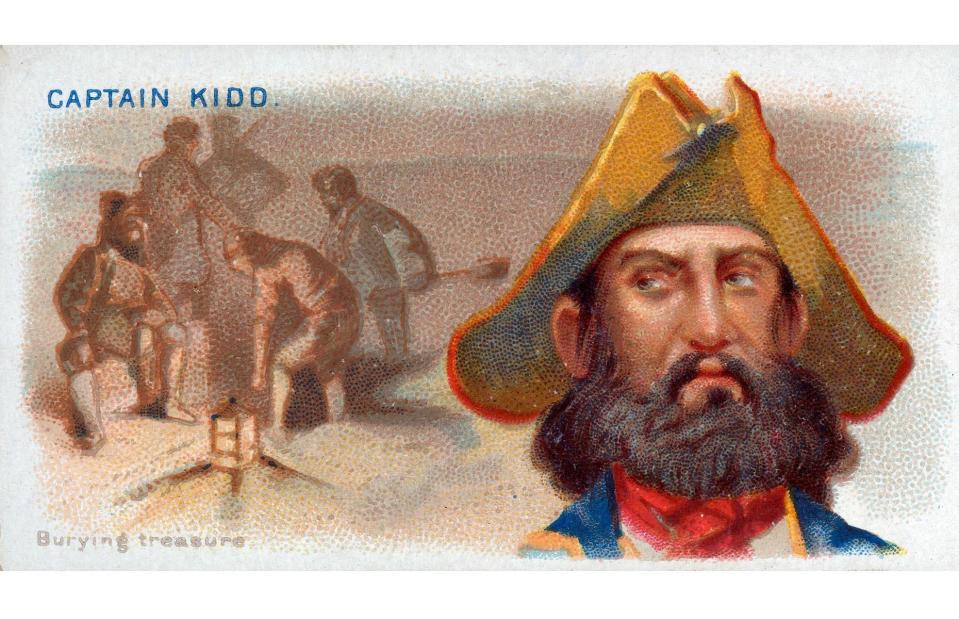
Historica Graphica Collection/Heritage Images/Getty Images
After a short but lucrative career as a privateer, infamous pirate Captain Kidd was caught, imprisoned, and ultimately executed in 1701. However, the fate of much of his booty remained a mystery
In May 2015, US explorer and self-styled pirate ship hunter Barry Clifford revealed to the world that he had discovered the wreck of William Kidd's ship off Madagascar, along with a huge haul of treasure that included a 7st 9lb (50kg) silver bar.
Captain Kidd's treasure hoard

Manjakahery Tsiresena/AFP via Getty Images
However, by July of the same year, UNESCO had rubbished Clifford's claims. After visiting the site, it was established that the ingot was in fact 95% lead and that the supposed shipwreck was simply old construction rubble.
Clifford disputed UNESCO's findings, but his reputation as a pirate ship hunter never recovered.
Forged furniture from the Kraemer gallery

MET/BOT/Alamy Stock Photo
In the summer of 2016, antiques dealer Laurent Kraemer, head of the Kraemer Gallery in Paris, and chair specialist Bill Pallot were arrested on suspicion of selling counterfeit medallion chairs to the Palace of Versailles.
The pair had been under investigation since 2012 following a tip-off by 18th century chair expert and fellow antiques dealer Charles Hooreman.
Forged furniture from the Kraemer gallery

Abaca Press/Alamy Stock Photo
The chairs were sold to Versailles for €1.7 million ($1.9m/£1.5m) and were thought to be among a group of 13 created by Louis Delanois for the Palace's living room in 1769. The chairs are counted as national treasures in France, and doubts started to set in once officials realised there were too many chairs in circulation.
Almost a decade after Kraemer and Pallott (pictured here) were charged, the pair are still awaiting trial, although reports from the end of last year suggest their day in court could come soon.
An inheritance found in a safe
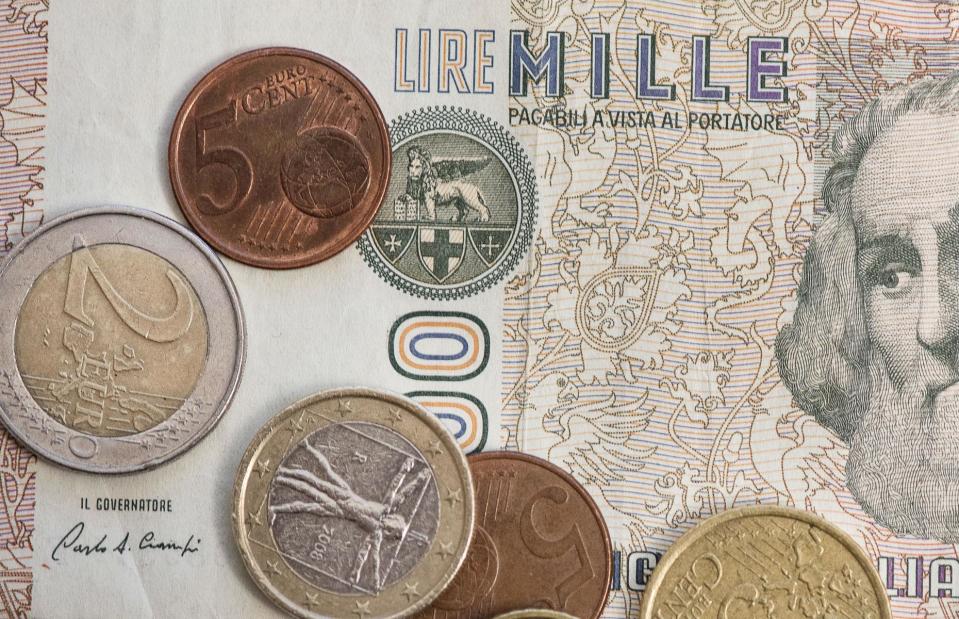
Sesm/shutterstock
Claudia Moretti must have been thrilled in early 2014 when she opened the safe in the house she had inherited in her uncle's will. Inside lay 100 million Italian lire in cash the equivalent of more than $70,000 (£43,000) at the time. However, the joy didn't last long...
An inheritance found in a safe

Jarretera/Shutterstock
Her hopes of inheriting this huge sum were dashed when she went to Italy's central bank to have the cash changed into euros, only to discover it was no longer possible.
When Italy moved to the euro in 2002 the government agreed to only exchange the country's former currency up to December 2011, with coins and notes presented after that time declared worthless. The deadline was strict and even though Moretti hired lawyers to challenge the decision, she was unsuccessful and had to wave goodbye to the fortune.
A fake Roman hoard

Bukhta Yurii/Shutterstock
In January 2018, hapless treasure hunters Andy Sampson and Paul Adams came across what they thought was a haul of Roman coins in a Suffolk field, but all was not what it seemed.
A fake Roman hoard
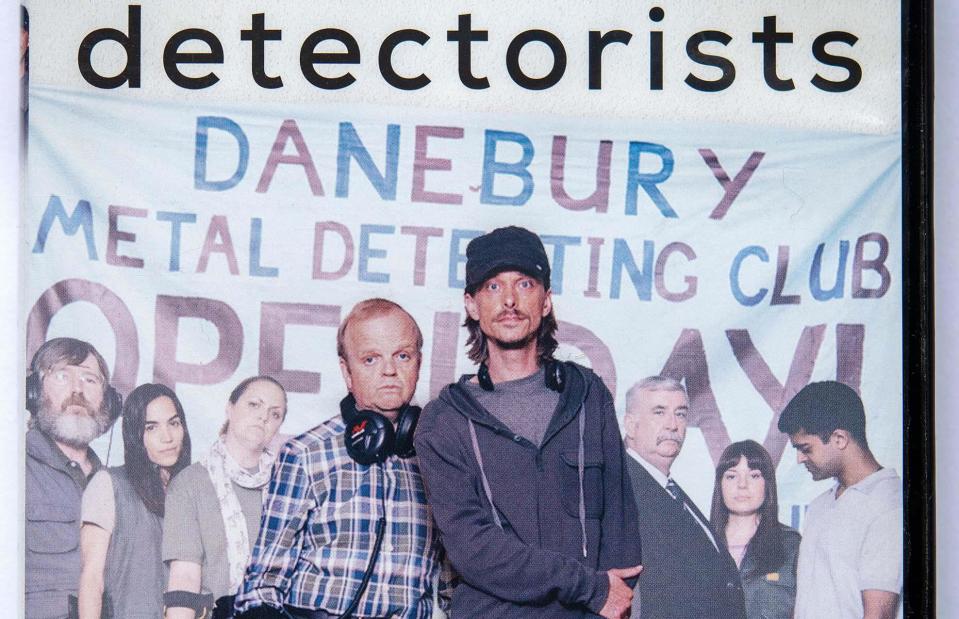
David Lichtneker/Alamy Stock Photo
The pair spent 24 hours believing that the collection was real. However, the next day it was revealed that the coins had been left in the field by a TV crew filming the hit BBC series, Detectorists.
The crew thought they had picked up all the buried coins, but unfortunately for the duo, they left 54 of the replicas behind. Had the coins been real, they could have been worth as much as $320,000 (£250k).
A rare find on a beach
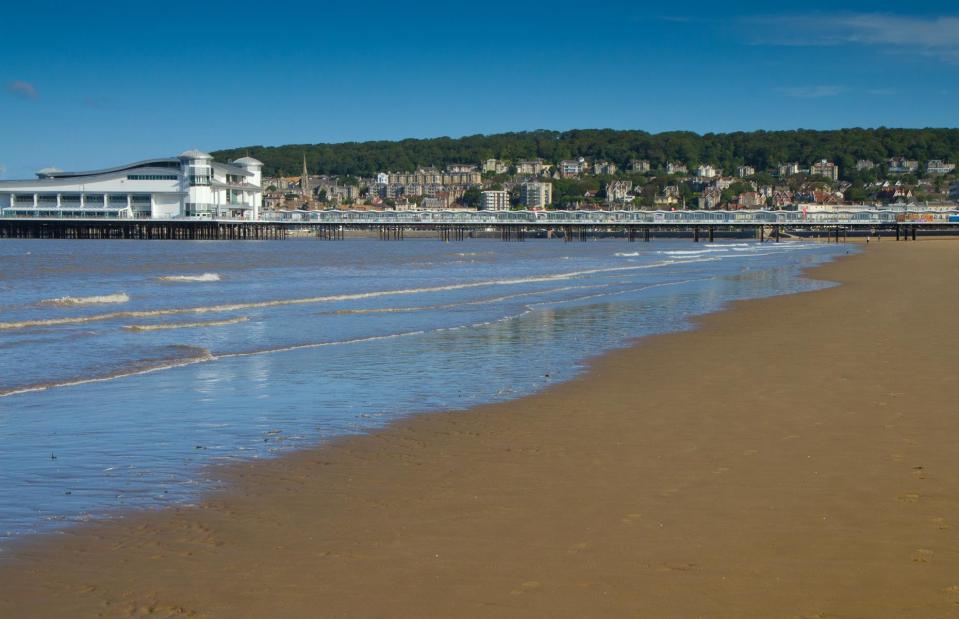
Mike Charles/Shutterstock
Over on the other side of the UK, Alan Derrick and his son Tom thought they had hit the jackpot, too.
In August 2016, they stumbled across what they thought was ambergris, also known as "whale vomit", on a beach in Weston-super-Mare, a coastal town in North Somerset, England.
A rare find on a beach
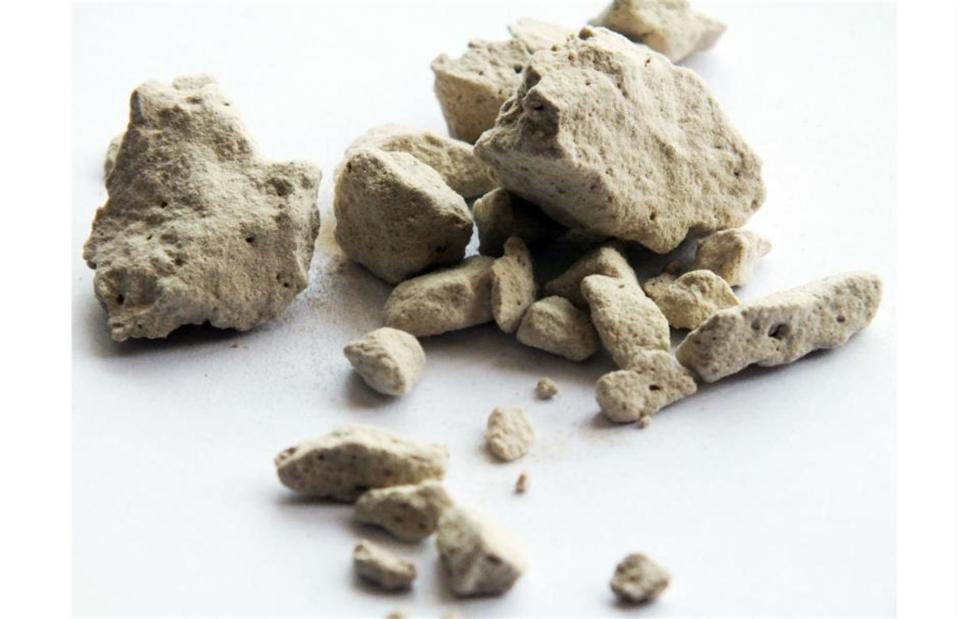
Phuttiwong/Shutterstock
Made in the digestive systems of sperm whales, ambergris can be found in lumps of all shapes and sizes. A much-sought substance, ambergris is still used by luxury perfume makers around the world to prolong the scent of fragrances, though it's largely been replaced by a synthetic alternative.
Derrick stood to make thousands and had already put the lump on eBay for £65,000 ($83.7k). However, further tests revealed that it was not the valuable substance but a worthless piece of fat.
Czech National Museum diamonds

Brian Kinney/Shutterstock
In March 2018, diamonds and sapphires kept at the Czech National Museum in Prague that were thought to be worth millions were found to be fake.
The discovery was made during an inspection of the museum's 5,000 precious stones and minerals, which are kept under lock and key.
Czech National Museum diamonds

Pann_Chucherd/Shutterstock
A five-carat diamond acquired by the museum in 1968 was revealed to be a worthless piece of cut glass and a 19-carat sapphire bought by the museum for CZK 200,000 ($8.7k/£6.7k) was found to be a cheap imitation, rendering it worthless.
The museum still doesn't know how the fakes ended up in the collection. While it could be possible that the stones were not properly checked at the time of acquisition, they could also have been swapped by criminals as part of an inside job.
The Chinese museum that was forced to shut down
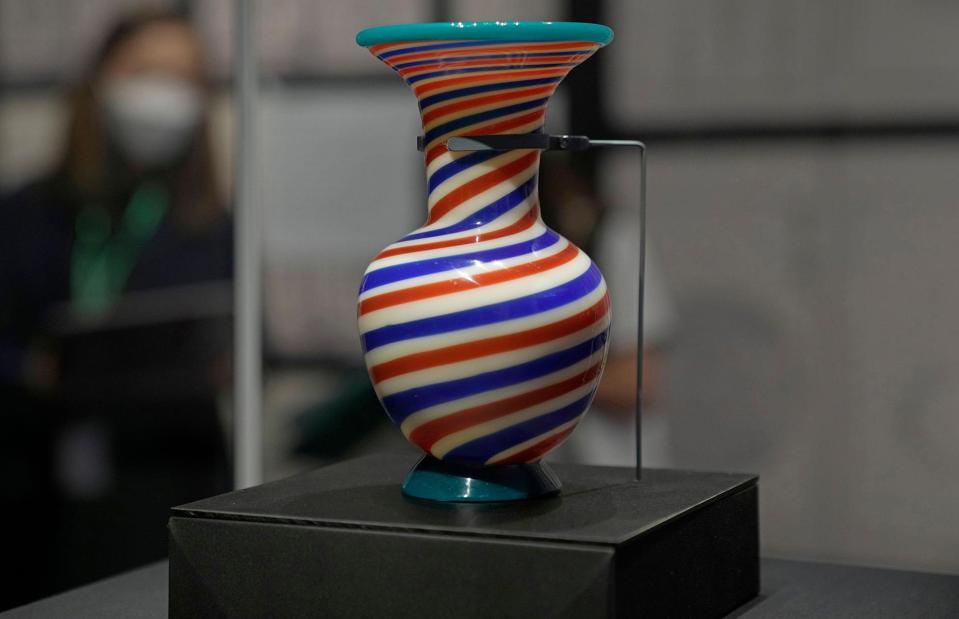
Associated Press/Alamy Stock Photo
It's not just diamonds that can be faked in museums. In 2013, Jibaozhai Museum in Jizhou, China was forced to close after claims that its collection of ancient relics was made up of fakes.
The problems started when Ma Boyong, a Chinese writer, noticed some issues with the collection, details of which he posted online. Among the discrepancies were artefacts (similar to this vase) that were engraved with writing which only came into use during the 20th century.
The Chinese museum that was forced to shut down
![<p>Rosemania/Wikimedia Commons [CC BY 2.0 DEED]</p>](https://s.yimg.com/ny/api/res/1.2/r8pzFu96_og4Ncu7rUiP5g--/YXBwaWQ9aGlnaGxhbmRlcjt3PTk2MDtoPTYxOQ--/https://media.zenfs.com/en/lovemoney_uk_264/3658c792c8f37d8ef91993f9b6e81c7f)
Rosemania/Wikimedia Commons [CC BY 2.0 DEED]
The museum argued that at least 80 of the objects were authentic, but that left as many as 40,000 fakes. The exhibition space, which was made up of 12 large halls and cost 60 million yuan ($8.5m/£6.6m) to build before it opened in 2010, was forced to shut down.
Its owner, Wang Zonquan, died of a heart attack later that year, three days after asking for permission to reopen the museum.
An Antiques Roadshow mistake
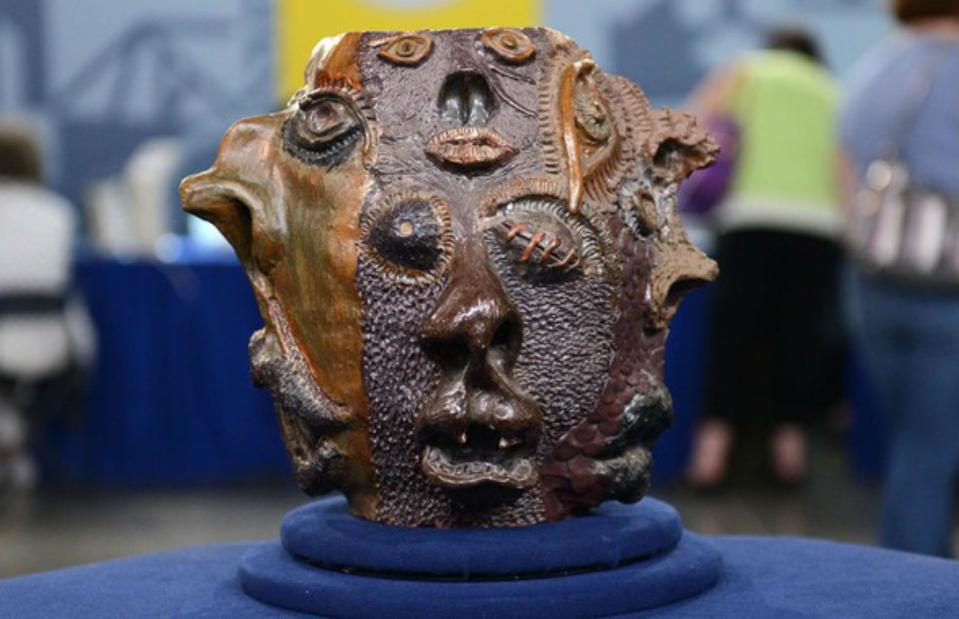
Courtesy PBS
In a 2016 episode of the American version of Antiques Roadshow, Alvin Barr from South Carolina presented this glazed redware jug, having found it at an estate sale in Oregon for $300 (£235). Appraiser Stephen Fletcher dated the piece of unusual pottery back to the late 19th century, likening it to some of Picasso's work.
He put its retail value between $30,000 and $50,000 (£23k-£39k).
An Antiques Roadshow mistake
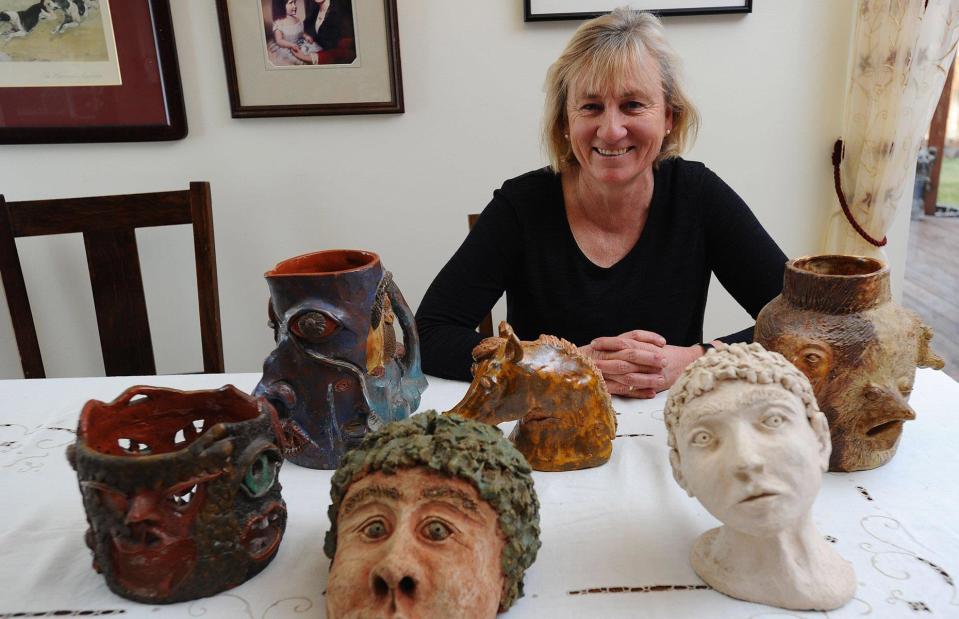
Ryan Brennecke/The Bulletin via AP/Alamy Stock Photo
However, after the episode aired, a woman watching the show recognised the jug as the work of her friend, horse trainer Betsy Soule (pictured here with some of her handiwork). It turned out that Soule had made the unusual ceramic during her high school years in a ceramics class in 1973.
The value of the jug has since been reduced to $3,000 (£2.4k). Fletcher acknowledged his mistake but said that the piece's real value was "still not bad for a high schooler in Oregon".
A stolen Picasso

ROBIN UTRECHT/AFP/Getty Images
In November 2018, experts thought that the Picasso painting Tete d'Arlequin, stolen in an art heist from Rotterdam's Kunsthal in 2012 (the museum's empty walls are pictured), had finally been found.
Author Mira Feticu, who had actually written a novel about the robbery, which also included six other pieces by artists such as Monet and Matisse, wrongly believed she had acquired the missing Picasso in Romania...
A stolen Picasso
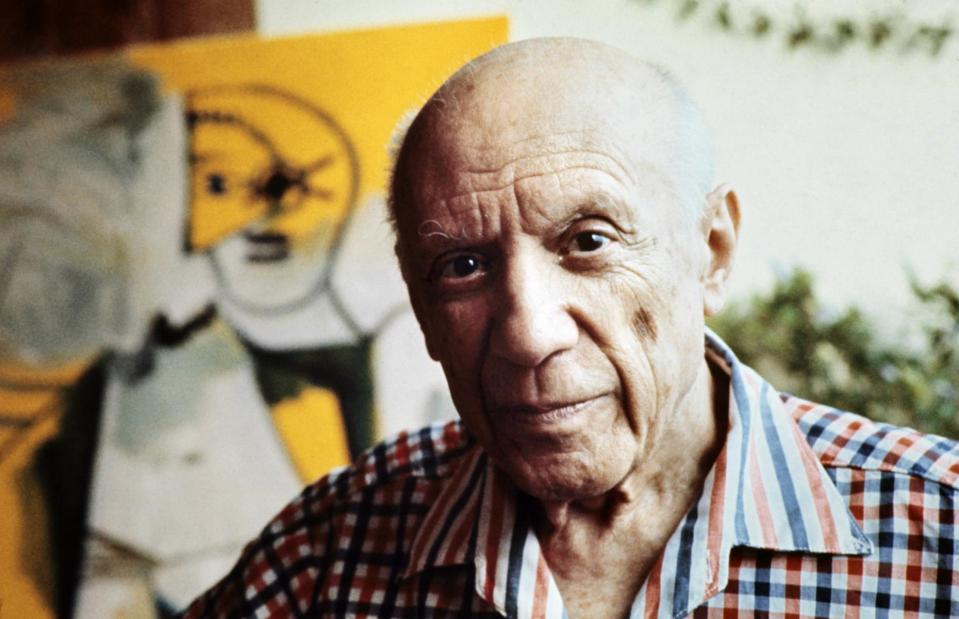
RALPH GATTI/AFP/Getty Images
Feticu was duped into thinking she had found the Picasso painting. Several days after receiving a letter with instructions on how to recover it, she dug up the painting in a Romanian forest.
However, two Belgian directors admitted that they had tricked the writer as part of a project called True Copy, inspired by Dutch forger Geert Jan Jansen, and the painting was merely a good fake. The location of the missing paintings remains a mystery to this day.
Read on: Fortune or fake: the masterpieces the experts just can't agree on

 Yahoo Finance
Yahoo Finance 